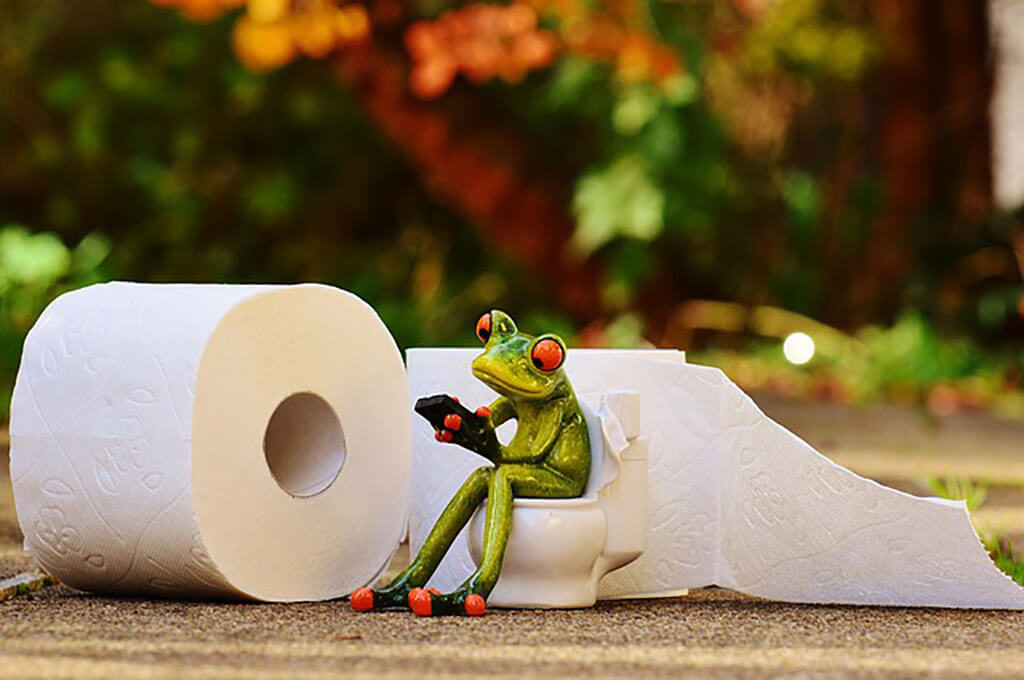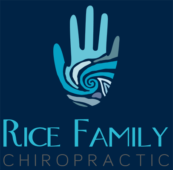When you poop, it pays to take a peek

When you poop, it pays to take a peek
When you think of the greatest inventions in history, a few obvious choices come to mind: The telephone, the internet and the lightbulb for example. A recent poll of 4,000 people in the UK placed those items among the top ten most important inventions in history. Coming in at number nine is perhaps the least “technological” of the bunch: The flushing toilet.
If you think about it, the toilet fulfils an essential function in society: Diseases transmitted through contaminated water include diarrhea, cholera, dysentery, typhoid and hepatitis A. Without flushing toilets, the incidence of these diseases would be widespread and devastating.
But when you go to the “crapper” (Thomas Crapper is most often given credit for inventing the first flushing toilet in the late 1800s) and and do your business, it may be wise have a lingering look at what you’re leaving behind. You may learn a bit about your health.
Yale gastroenterologist and the author of What’s Your Poo Telling You? Anish Sheth, M.D., puts it like this, “What comes out tells you a lot about what’s going on inside.” In other words, people who quickly flush, clean up and leave the room may be missing some vital clues about the current state of their health!
Texture or Consistency
The texture or consistency of poop may be a sign of what’s going on inside:
Fluffy pieces with ragged edges, mushy – this is on the edge of normal but is on its way to becoming diarrhea
Watery, no solid pieces, all liquid – this is diarrhea which is probably caused by some sort of infection since this is the body’s way of cleaning itself: make sure to drink lots of clear liquids to replace the fluids lost otherwise this will result in dehydration
- Soft and sticks to the side of the toilet bowl – this is the presence of too much oil, which is possibly the result of an improper absorption of fats and could be a sign of disease such as chronic pancreatitis
- Soft blocks with clear-cut edges – not too bad, pretty normal for someone who is pooping multiple times a day
- Separate hard lumps like nuts – this is a sign of a lack of fiber and fluids: drink more water and eat more vegetables
- Sausage-shaped but lumpy – not as serious as separate hard lumps: still drink more water and eat more vegetables
- Sausage-shaped but with cracks on the surface – this is normal but the cracks signify the need for more water
- Sausage-shaped, smooth and soft – optimal poop
The only shape or consistency that could be a concern is pencil-thin stools for more than a week. Skinny bowel movements can indicate a serious problem, especially if they become thinner over several weeks. If this occurs, requesting a colonoscopy may be wise. Something else to consider: stool that is floating. This is typically harmless but may be a sign of either too much gas, a gastrointestinal issues or malabsorption. Floating stool is not a reason to contact a primary care provider unless it is accompanied by sudden weight loss, dizziness or fever.
Color
In most cases, excrement should be brown. While diet may sometimes result in a change of color (for instance, blueberries may turn bowels blue and beets will frequently cause a red tint) poop is supposed to be brown. Colors other than brown may indicate a health issue.
- White or clay-colored stools may indicate a lack of bile in the stool – this may be caused by insufficient bile output or obstruction due to conditions such as gallstones, parasitic issues, hepatitis, chronic pancreatitis, etc. However, medications such as antacids, Pepto-Bismol or Kaopectate may also cause this color. Remember that stomach acids are an important part of digestion, and antacids taken too frequently may actually cause heartburn as well as digestion and elimination issues
- Green stool is typically caused by overactive or increased bowel transit time, meaning the bile doesn’t have time to change from green to brown. This may be caused by food poisoning, Crohn’s disease, ulcerative colitis, irritable bowel syndrome or other diseases, as well as alcoholism and the side effects of some medications including antibiotics or over the counter drugs
- Yellow stool is primarily caused by an inability to digest fat – inadequate digestive enzyme production from the pancreas, celiac disease, cystic fibrosis or intestinal issues
- Black, tarry stools are typically caused by bleeding somewhere in the digestive tract (esophagus, stomach, duodenum, small intestine, colon) – this may also be a symptom of Crohn’s disease, ulcerative colitis, intestinal issues or diverticulosis, and gastritis, or it could be indicative of cancer; however, black licorice, blueberries, beets, tomatoes, lead, iron pills and medications like Pepto-Bismol may also cause this appearance
- Red stool is typically caused by intestinal bleeding – although the stool is not usually entirely red, the causes are similar to those of black, tarry stool but may also be caused by food coloring and certain dietary supplements
Baby Poops
As with adults and children, baby poops can be a sign of how the body is functioning, but it is different for breastfed as opposed to bottle fed infants.
- Breastfed babies typically have yellow poop that’s speckled with little seeds like fancy mustard and will poop more than once a day – usually after they are fed
- Bottle fed babies have tan, yellow or greenish poop and will typically need a diaper changed once a day
Be aware that a breastfed baby may absorb the nutrients in their mother’s milk more completely so it’s not completely uncommon for a breastfed baby to go a few days without a bowel movement. However, if they’re straining or uncomfortable this could be a sign of constipation.
Babies that have bloody stools or mucus in their stools should be taken to their primary care provider.
Prescription and Over the Counter Concerns
Constipation and other bowel issues have been linked to some prescription and over the counter medications. For instance, opioid based pain relievers may cause constipation. Antibiotics may destroy the good bacteria in the bowels while going after the bad bacteria, so consider taking probiotics after a course of any antibiotics.
A bigger concern, however, may be over-the-counter laxatives being used for constipation. Oral laxatives may interfere with absorption of nutrients but that’s not as worrisome as what happens when they’re taken too much.
Eventually the body becomes dependent upon them and they must be taken even more frequently; however, with greater use the body can become immune to the drug and they stop working all together. Before beginning to take any laxative try lifestyle changes first: eat more fiber-rich foods, drink more water and exercise regularly. Even going for a 20-minute walk once a day for a week can help to regulate bowel movements.
Happy Flushing with Chiropractic
As we always like to point out, the central nervous system, made up of the brain and the spine, controls most of the body’s functions, including those that help you digest and—you guessed it—defecate. How does chiropractic play into this? When signals from the brain to the body’s organs (via the spine) become disrupted, the result may be manifold, including constipation, diarrhea and other number-two related issues. We find that adjustments can alleviate many problems associated with bowel movements.
Many of our poop success stories occur among our youngest patients. Here at Rice Family Chiropractic, Erin has performed countless gentle adjustments that have resulted in sudden, healthy bowel movements, to the relief of both the child and the parents. Very often this occurs immediately after the adjustment. Whether you are an infant, a child, or an adult, your ability to relieve yourself regularly is fundamental to your wellbeing. If you have any questions about bowel movements or any other spinal-related issues, please contact us today at Rice Family Chiropractic.
This newsletter is provided to you by:
Rice Family Chiropractic
Wellness from our family, to yours.
Dr. Erin and James Rice
#310-6525 204 Street
Langley, BC V2Y 3B3
604 539 0542

















